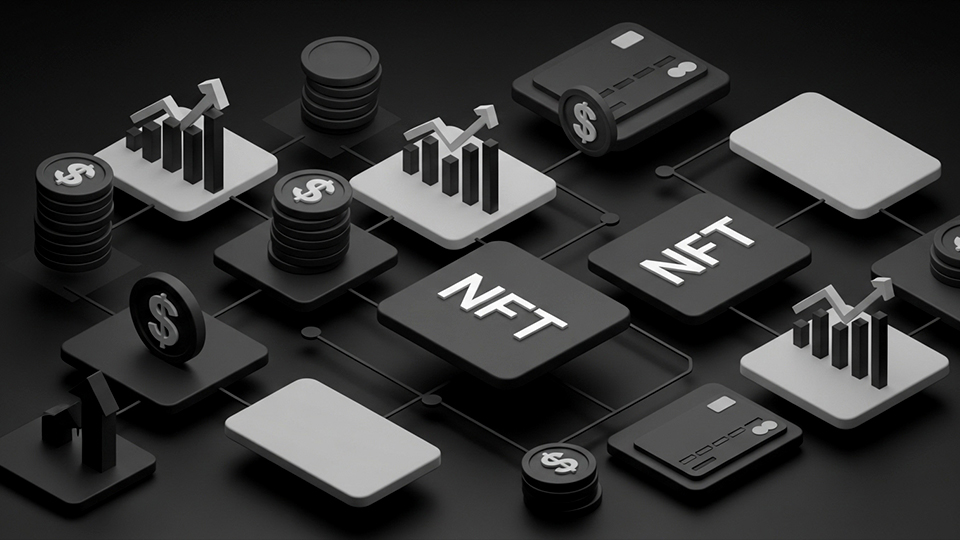What is Metadata in Blockchain?
Metadata in blockchain transactions refers to additional information attached to a crypto transaction. While the main purpose of a blockchain is to record and verify the transfer of digital assets like Bitcoin (BTC) or Ether (ETH), metadata provides extra context or details about the transaction.
Types of Metadata: On-Chain and Off-Chain
- On-Chain Metadata: This is stored directly on the blockchain. It includes transaction labels, notes, and references to external documents. Everyone can see this data as it’s part of the permanent blockchain record.
- Off-Chain Metadata: This is stored outside the blockchain but referenced in the transaction. It includes links to files, documents, or URLs that give more information about the transaction. This helps reduce clutter on the blockchain.

Storing Metadata
- On-Chain: Includes transaction details, smart contract code, and token properties. This data is saved permanently and replicated across all network nodes. For example, when sending cryptocurrency, details like sender, receiver, amount, and date are stored on-chain.
- Off-Chain: Stored in external systems like the InterPlanetary File System (IPFS) or other decentralized storage solutions. Off-chain metadata uses cryptographic hashes to refer back to the blockchain, saving space and enhancing efficiency.
Examples of Metadata in Blockchain
- Timestamps: Each block has a timestamp showing when it was added.
- Transaction Details: Includes sender and recipient addresses, amounts, and transaction IDs.
- Smart Contract Data: Contains parameters and input data needed for the contract’s execution.
- Digital Signatures: Verifies transaction authenticity and ownership.
- Gas Fees: Information about fees required for processing transactions on networks like Ethereum.
- IPFS Links: Links to large files (images, videos) stored off-chain, often used with NFTs.
- Oracles: External data sources for smart contracts, included in metadata to trigger contract actions.
- NFT Metadata: Details about the creator, description, and properties of the digital or physical assets represented.
Businesses use blockchain metadata to track product origins, transportation, and quality checks in supply chain management, enhancing transparency and combating fraud, while consumers can verify product authenticity and quality. For digital identity, metadata secures personal data, allowing individuals to control access and reducing identity theft risks, which benefits governments, businesses, and educational institutions. In smart contracts, metadata triggers actions such as insurance payouts based on weather data or setting loan terms based on credit scores, streamlining financial processes. Metadata also enhances the value of NFTs and digital assets by detailing creator information, ownership history, and characteristics, aiding in provenance and authentication. In healthcare, blockchain metadata secures patient records, ensuring data integrity and privacy, facilitating data sharing among providers, and helping emergency responders access vital information.




